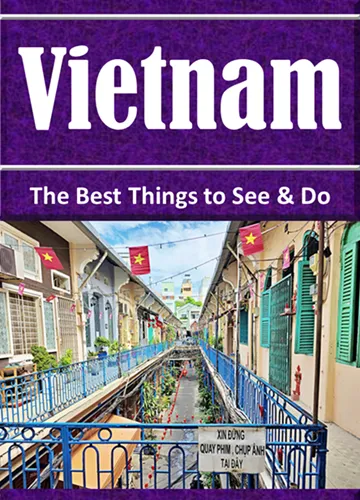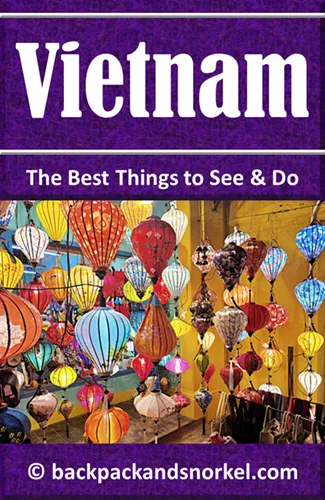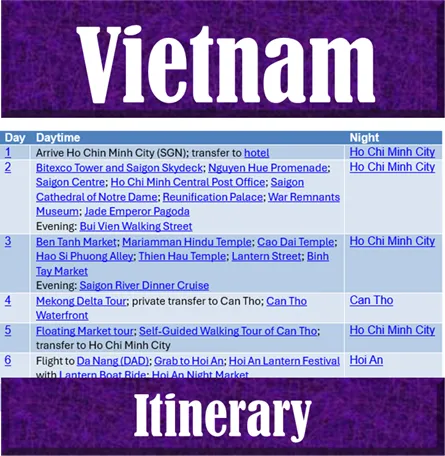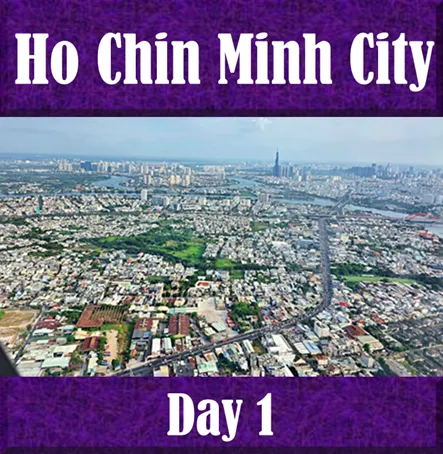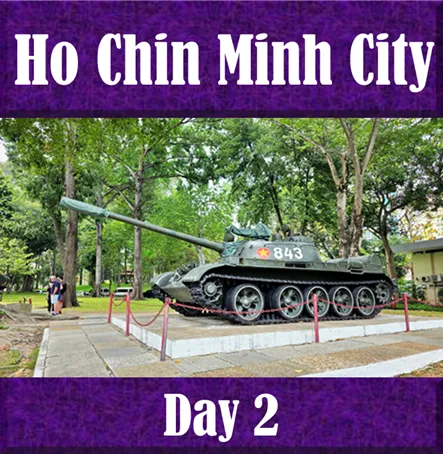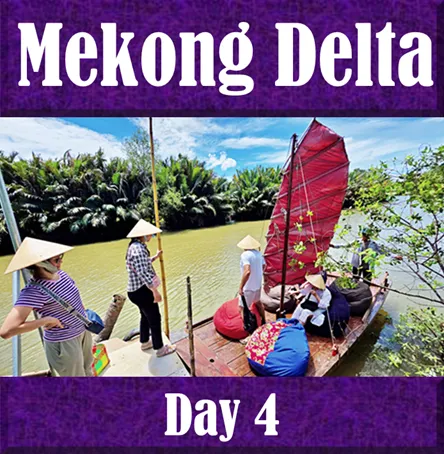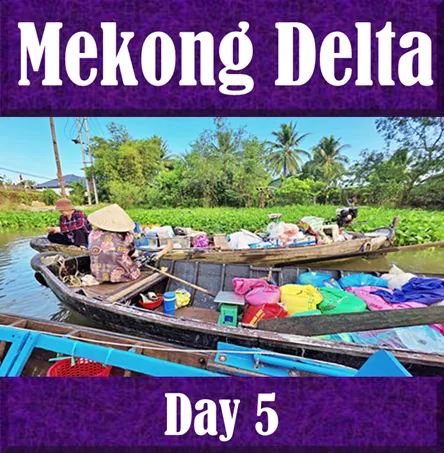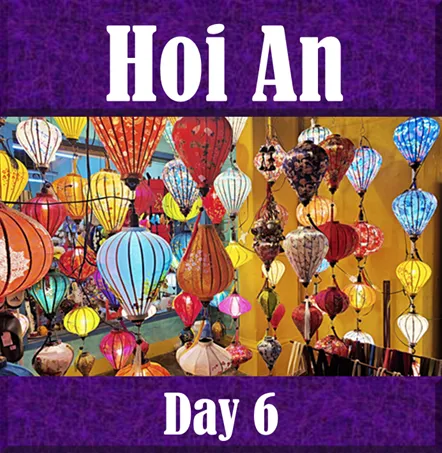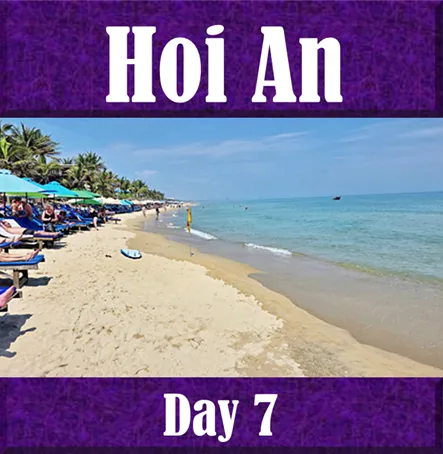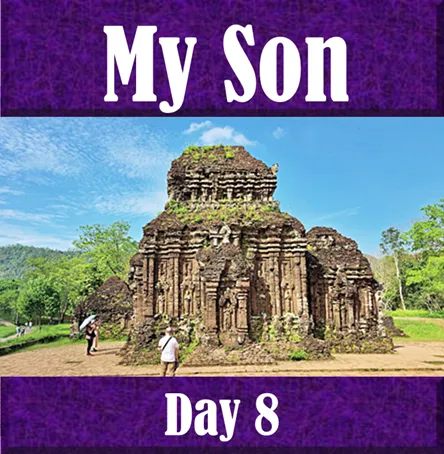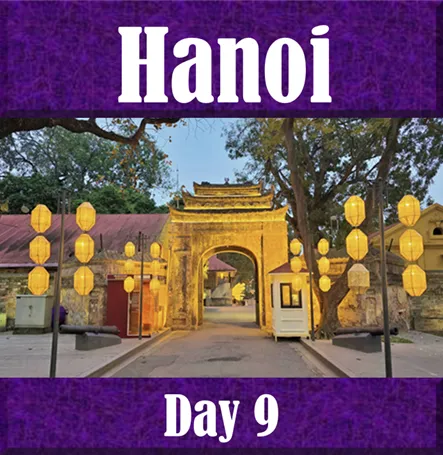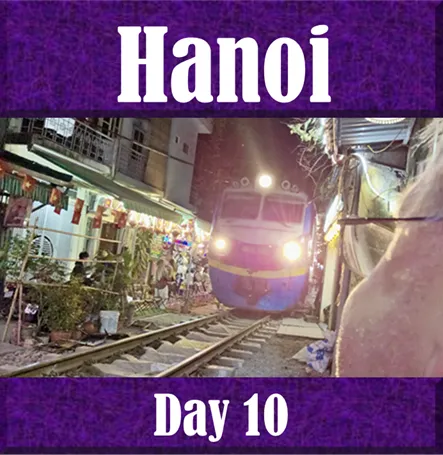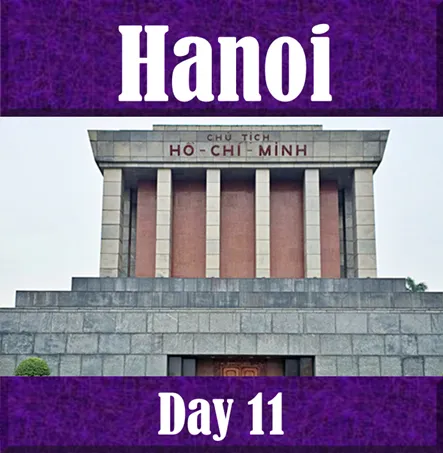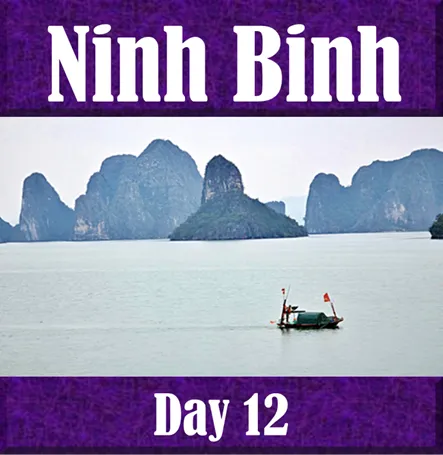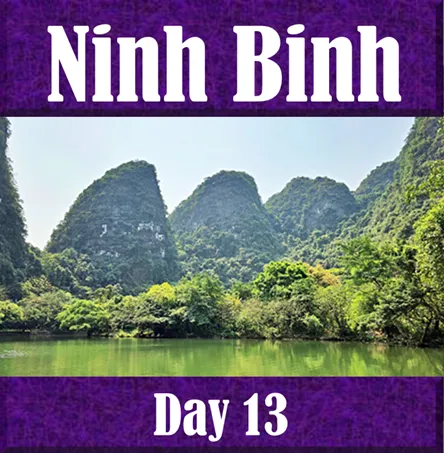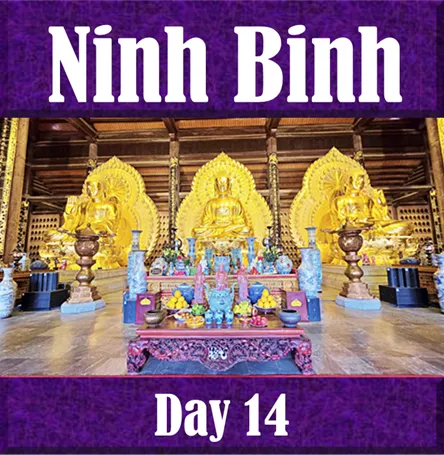Museum of Sa Huynh Culture in Hoi An: Uncover Vietnam's Ancient Civilization | Vietnam Purple Travel Guide
(map, reviews)
This is Premium Content! To access it, please download our
Backpack and Snorkel Purple Travel GuideTo enter, you need to have purchased the Hoi An Ancient Town Ticket.
Tucked inside a traditional building near the Japanese Covered Bridge, the Museum of Sa Huỳnh Culture in Hội An Ancient Town offers a captivating journey into Vietnam’s ancient past—long before merchant houses and lantern-lit streets. This small but significant museum is dedicated to the Sa Huỳnh civilization, an early coastal culture that thrived in central Vietnam over 2,000 years ago and laid the foundations for Hội An’s future as a regional trading center.
For travelers seeking off-the-beaten-path attractions in Hoi An, this museum is one of the best places to learn about Vietnamese prehistory, archaeology, and early maritime trade.
Who Were the Sa Huỳnh People?
The Sa Huỳnh civilization existed from around 1000 BC to 200 AD, predating both the Champa Kingdom and Dai Viet dynasties. They were one of Vietnam’s earliest settled cultures and lived primarily along the central coast, with major sites found in Quảng Ngãi, Quảng Nam, and Hội An.
What made the Sa Huỳnh culture remarkable was their:
Advanced burial customs, especially the use of ceramic burial jars
Sophisticated jewelry and ornaments made of jade, glass, and agate
Long-distance maritime trade, connecting them to other cultures across Southeast Asia, the Philippines, and even southern India
The Sa Huỳnh people are considered ancestors of the Cham, and their trade-based coastal settlements prefigured the multicultural legacy of Hội An itself.
The Cham people formed the ancient Kingdom of Champa, which flourished along the central and southern coast of what is now Vietnam from approximately the 2nd century AD until the 19th century, and built magnificent Cham temples, like those at Mỹ Sơn.
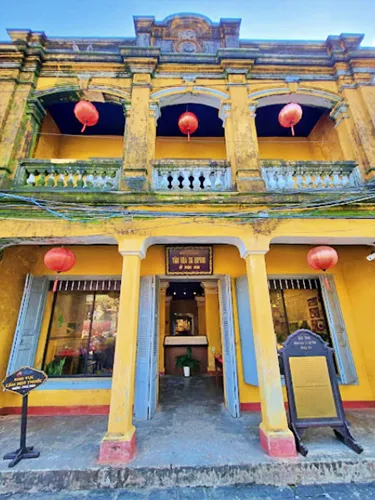
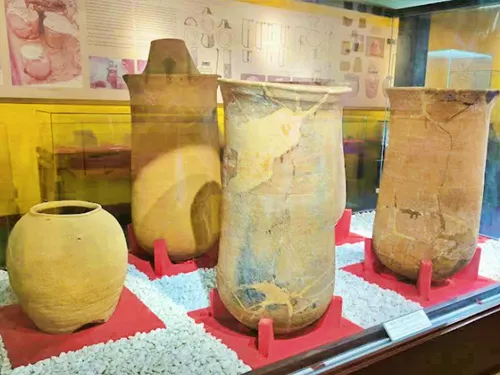
What to See at the Museum
The Museum of Sa Huỳnh Culture is housed in a French colonial-era building and contains more than 200 original artifacts excavated from local burial sites, including at Hậu Xá, just outside Hội An.
Key Exhibits and Highlights:
Burial jars used to inter adults; a distinctive practice unique to the Sa Huỳnh people
Ornaments and tools made from jade, stone, agate, and bronze
Iron tools and weapons, demonstrating the culture's early metallurgical skills
Glass beads likely traded from India and Southeast Asia, showing cross-cultural trade links
Funeral offerings and cooking tools, giving insight into everyday life and belief systems
Archaeological site maps and diagrams that help contextualize the finds
The exhibits are labeled in both English and Vietnamese, and the museum staff are often happy to answer questions, making this a visitor-friendly archaeological museum in central Vietnam.
sitor Information
Hours: 8:00am – 5:00pm daily
Admission: Included in the Hoi An Ancient Town ticket
Visit Duration: 30–45 minutes
Here at Backpack and Snorkel Travel Guides, we promote self-guided walking tours.
But we realize that not everybody likes to walk by themselves in a foreign city. So, just in case that you rather go with ab guide: NO PROBLEM! Please see the Viator tours below.
paid Viator tours
Where do you want to go now?
Author: Rudy at Backpack and Snorkel
Bio: Owner of Backpack and Snorkel Travel Guides. We create in-depth guides to help you plan unforgettable vacations around the world.
Other popular Purple Travel Guides you may be interested in:
Like this Backpack and Snorkel Purple Travel Guide? Pin these for later:

